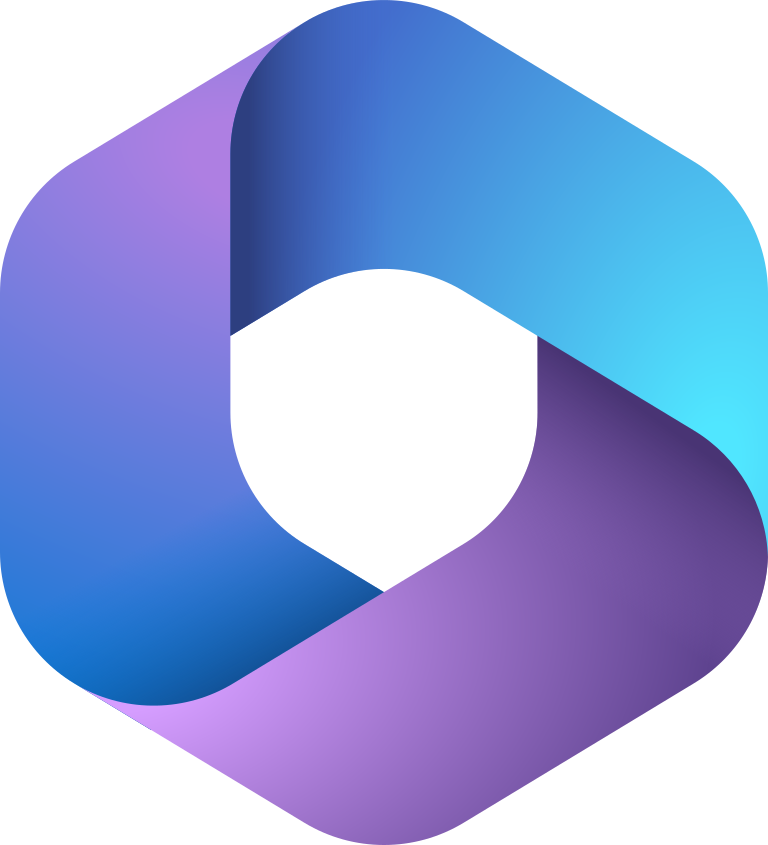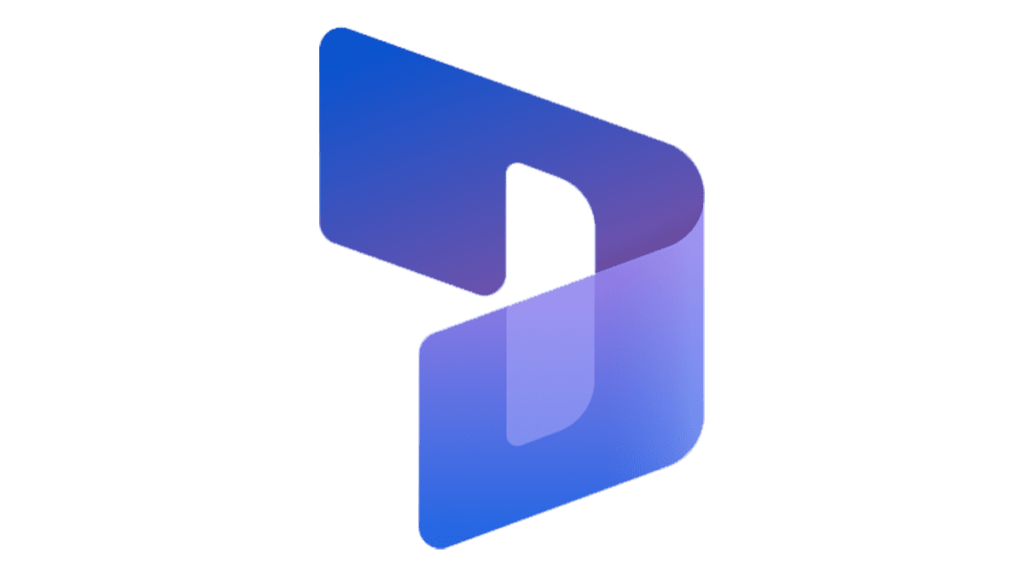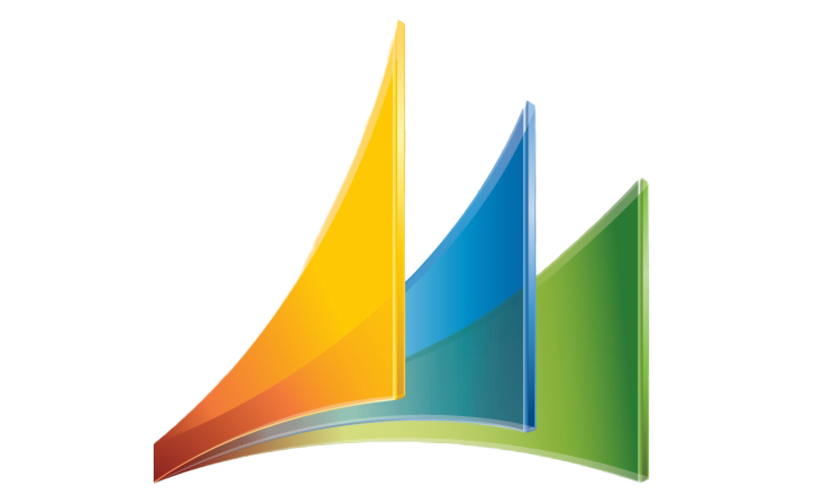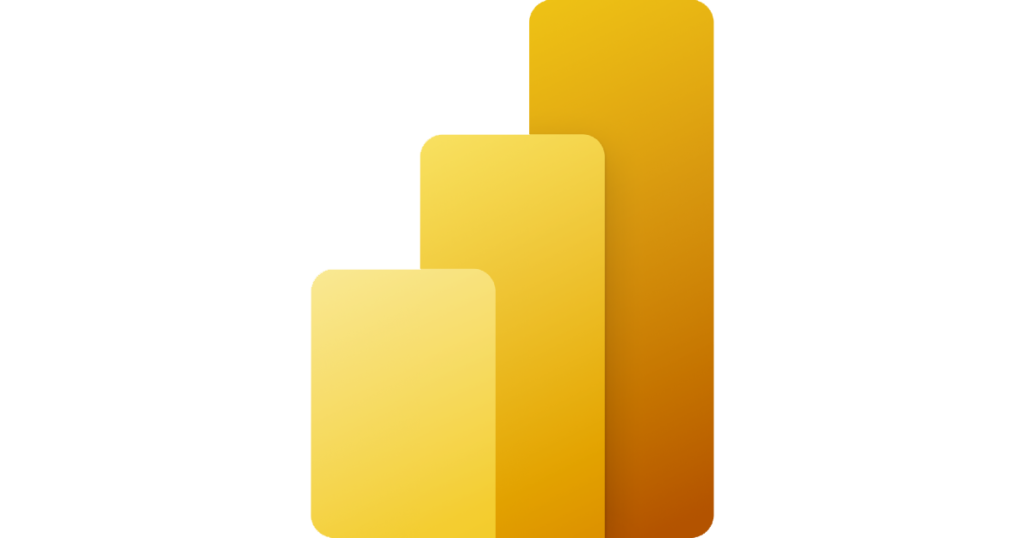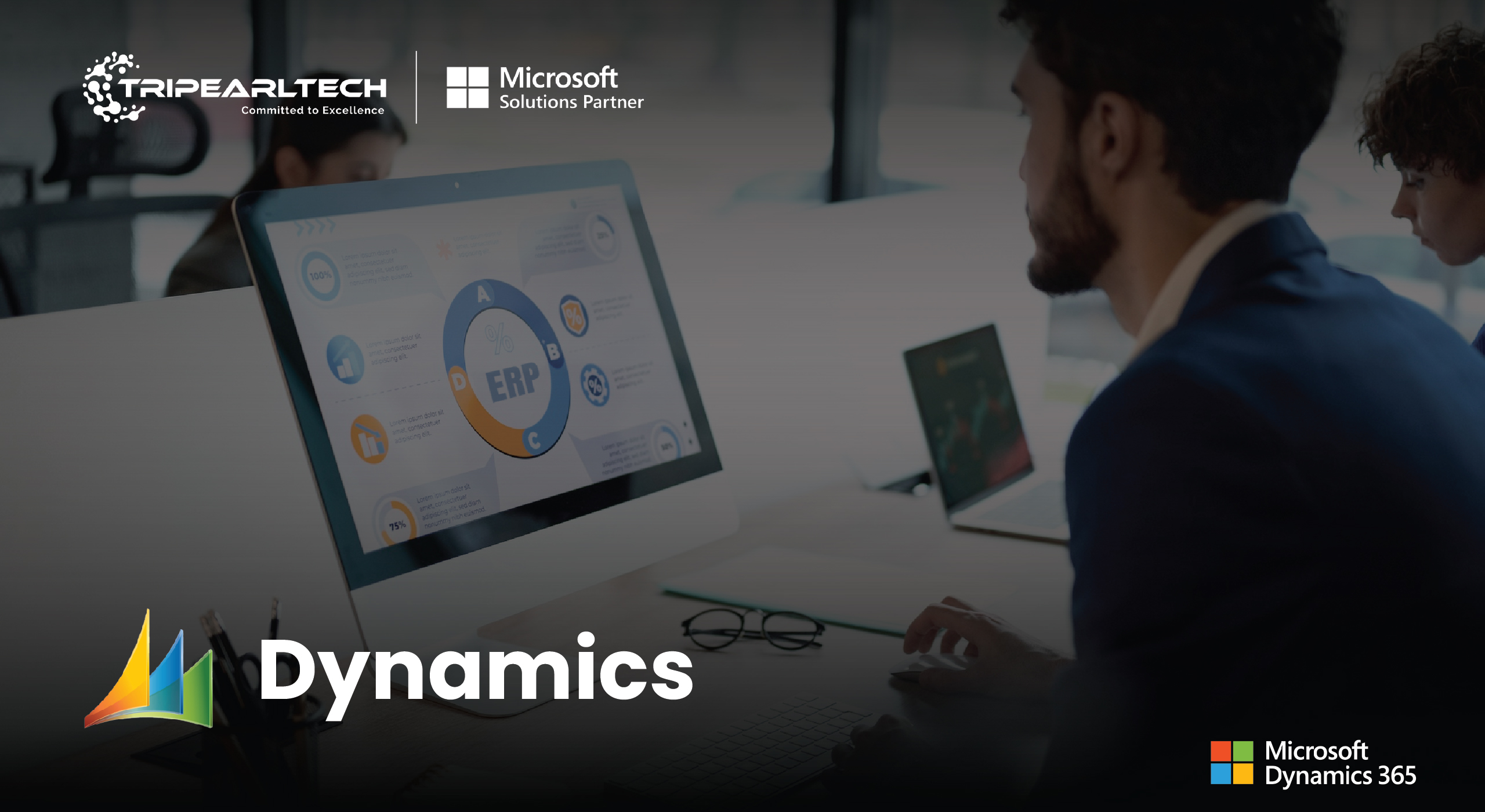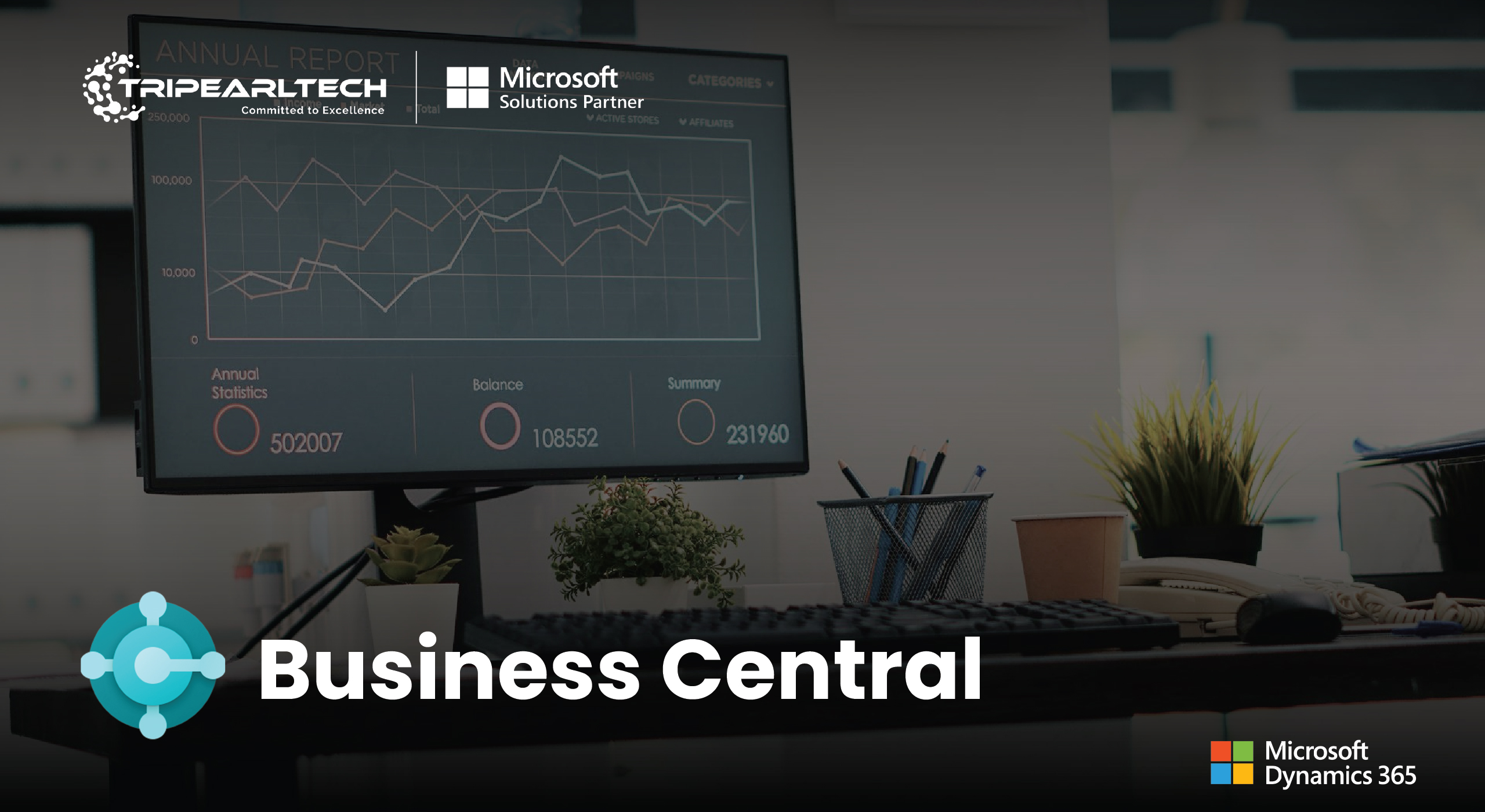What is Microsoft Power BI?
Lets learn how Microsoft Power BI solution can empower your business.
What is Microsoft Power BI?
You can transform your disparate data sources into cohesive, visually engaging, and interactive insights with the help of Power BI, a suite of software services, apps, and connections. Your data could be stored in a single hybrid data warehouse in the cloud or in a series of Excel spreadsheets. Connecting to your data sources is a breeze with Power BI. Visualize and uncover what matters most. Then, share it with anyone you choose.
What Is Power BI?
These three components form the backbone of Power BI, which is made up of many interdependent parts:
- Power BI Desktop as a program for Windows desktops.
- SaaS service, which is accessible online.
- Windows, iOS, and Android Power BI mobile applications.
With Power BI Desktop, the service, and the mobile apps, you can build, share, and consume business insights the way that works best for you and your job. On top of those three, Power BI also includes two additional features:
- You may use the Power BI Report Builder to make paginated reports that you can then distribute through the Power BI platform.
- You may publish your Power BI reports that you’ve created in Power BI Desktop to an on-premises report server called Power BI Report Server.
Is Power BI a good fit for your position?
Who you are and what you do on a team will determine how you use Power BI. People in different positions may have varied needs when it comes to Power BI.
The Power BI service, for instance, could be where you spend most of your time perusing dashboards and reports. In order to generate reports, your colleague who is great with numbers may rely on Power BI Report Builder or Power BI Desktop. They would then upload these reports to the Power BI service, where you could access them. An additional sales colleague may primarily utilize the Power BI Mobile app to track the status of new sales leads and sales quotas.
Developers can use Power BI APIs to integrate reports and dashboards into their own apps or to feed data into semantic models. Thinking of creating a new image? Construct it on your own and distribute it to others.
Also, your goals and responsibilities for every particular project will dictate when you’ll be using each Power BI feature.
Which Power BI feature or service is most useful for your case will determine how you use Power BI. For instance, the Power BI service has a real-time dashboard where you can see inventory and manufacturing progress, and Power BI Desktop allows you to generate reports regarding client interaction statistics for your own team.
Using a Power BI semantic model, you may generate a paginated report of invoices that can be sent via email. Power BI’s flexibility and allure stem from the fact that you have access to every single feature.
Process flow inside Power BI
Connecting to data sources in Power BI Desktop and producing a report is the first step in a standard Power BI workflow. You can then share the report with business users in the Power BI service and on mobile devices after publishing it from Power BI Desktop to the Power BI service.
This typical process exemplifies the complementary nature of the three primary Power BI components.
Launch the Deployment Pipeline Tool
To ensure your material is error-free before making it available to consumers, you can utilize the deployment pipeline tool in the Power BI service. Dashboards, reports, semantic models, and paginated reports may all be deployed with the help of the deployment pipeline tool.
How does Power BI integrate with Microsoft Fabric?
When you use Microsoft Fabric, your data and services are brought together in one place, simplifying analytics and research across different datasets. You can consume, analyze, or visualize data from your organization’s OneLake data storage, which is connected with Power BI and other services using Microsoft Fabric. Microsoft Fabric is especially helpful for large enterprises since it can organize and enhance massive data repositories and then leverage services like Power BI to make this data valuable for business.
Although Microsoft Fabric is now in charge of Power BI administration, your beloved tools, such as Power BI Desktop and Power BI Service, continue to function as before: as a service that can transform your data from OneLake or Excel into robust business intelligence insights.
Power BI Service Reports with Pagination
Power BI service paginated reports are another workflow. Business report writers construct printable or shareable paginated reports. They have the option to share these reports through the Power BI service as well. Their layout makes them ideal for viewing on a single page, which is why they are known as paginated. Forms like invoices or transcripts, as well as operational reports, frequently make use of these. They show every piece of information in a table, regardless of how many pages the table takes up. To create reports with multiple pages, you can use the standalone Power BI Report Builder.
Conclusion
With the pre-built tools and services offered by Power BI Report Server, you can easily build, publish, and administer Power BI reports in Power BI Desktop, as well as paginated reports in Report Builder.
After deploying Power BI Report Server behind your firewall, you can send reports to the appropriate people in a variety of formats, including web, mobile, and email. With Power BI Report Server’s compatibility with Power BI in the cloud, you have the flexibility to transition to the cloud whenever you require it.
Blog Category
Related Blogs
Want a Business Intelligence for your data?
Make your data more organized and presentable to take a quick data oriented decisions.
Get Started

